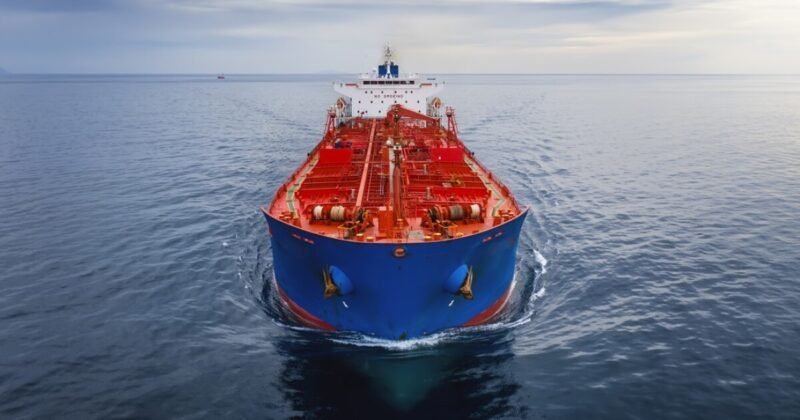Fouling on ships’ internal pipework is a well-known issue, but marine growth prevention systems, such as copper dosing systems with copper anodes at seawater intakes, offer effective solutions. Preventing fouling not only reduces maintenance costs but also increases efficiency and extends a vessel’s lifespan. This technology is crucial for the maritime industry to meet its net zero 2050 goals.
Aside from pipework, fouling also affects surfaces like hulls, propellers, and rudders, posing a significant challenge for the industry. Hull fouling alone contributes to 9% of the global fleet’s annual fuel consumption, leading to 80 million tons of excess CO2 emissions and $16 billion in additional fuel costs. Finding a solution to this problem is a top priority for the shipping sector.
Research has shown promising results in using ultrasound technology to prevent biofouling on surfaces. Initial tests in labs and on land, supported by experts, have been successful, leading to real-world trials on box coolers and hull protection. The system, which includes a low-power control panel and transducers for easy installation, has shown positive results. The next step is to scale up the technology to measure its protection range on larger vessels, with the aim of reducing fuel costs, lowering CO2 emissions, and preventing the spread of invasive species.
Share it now






